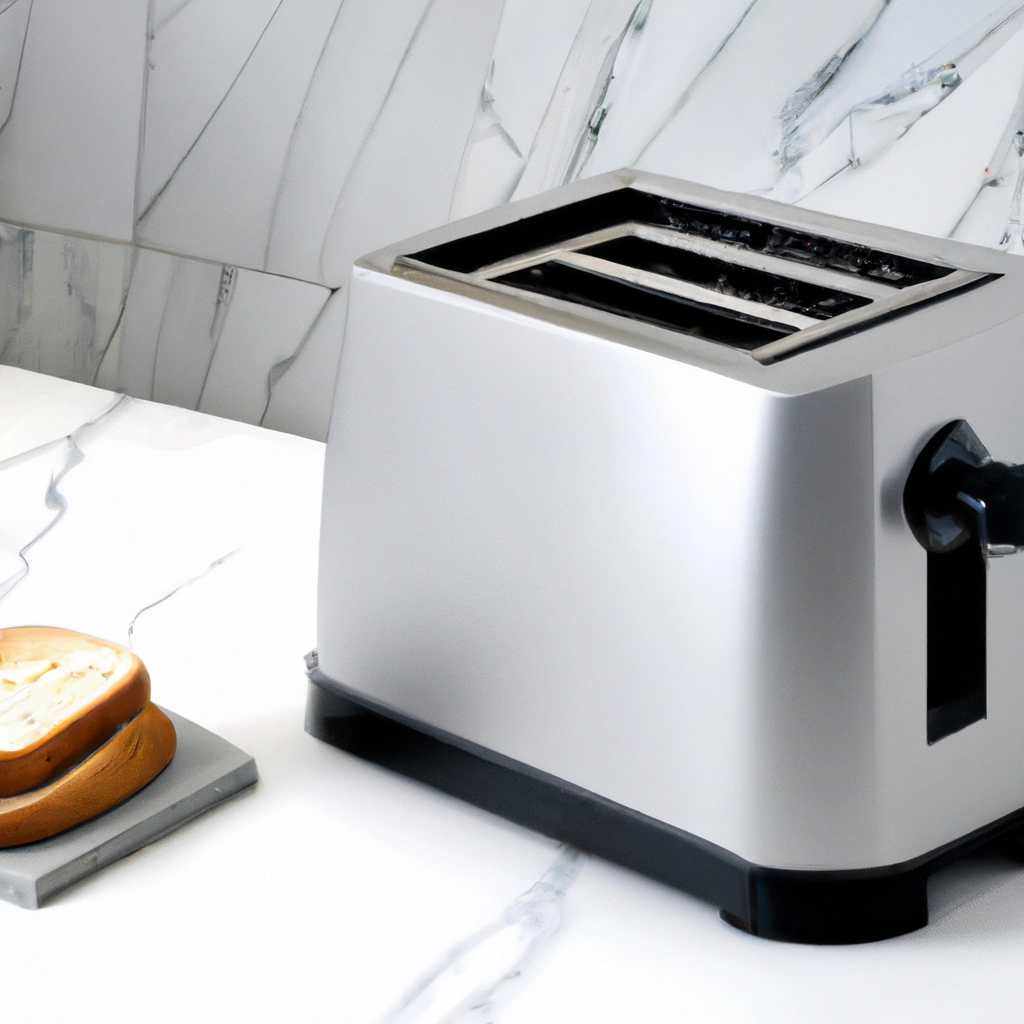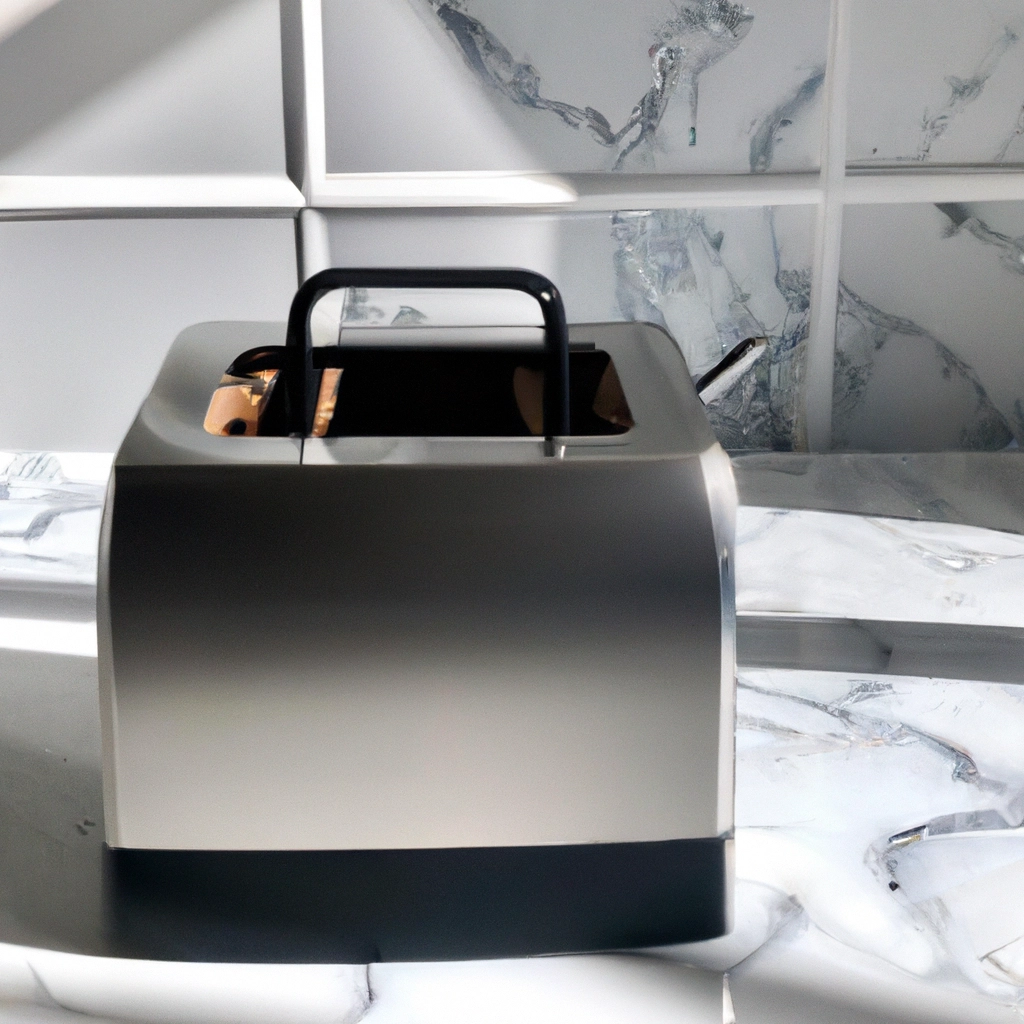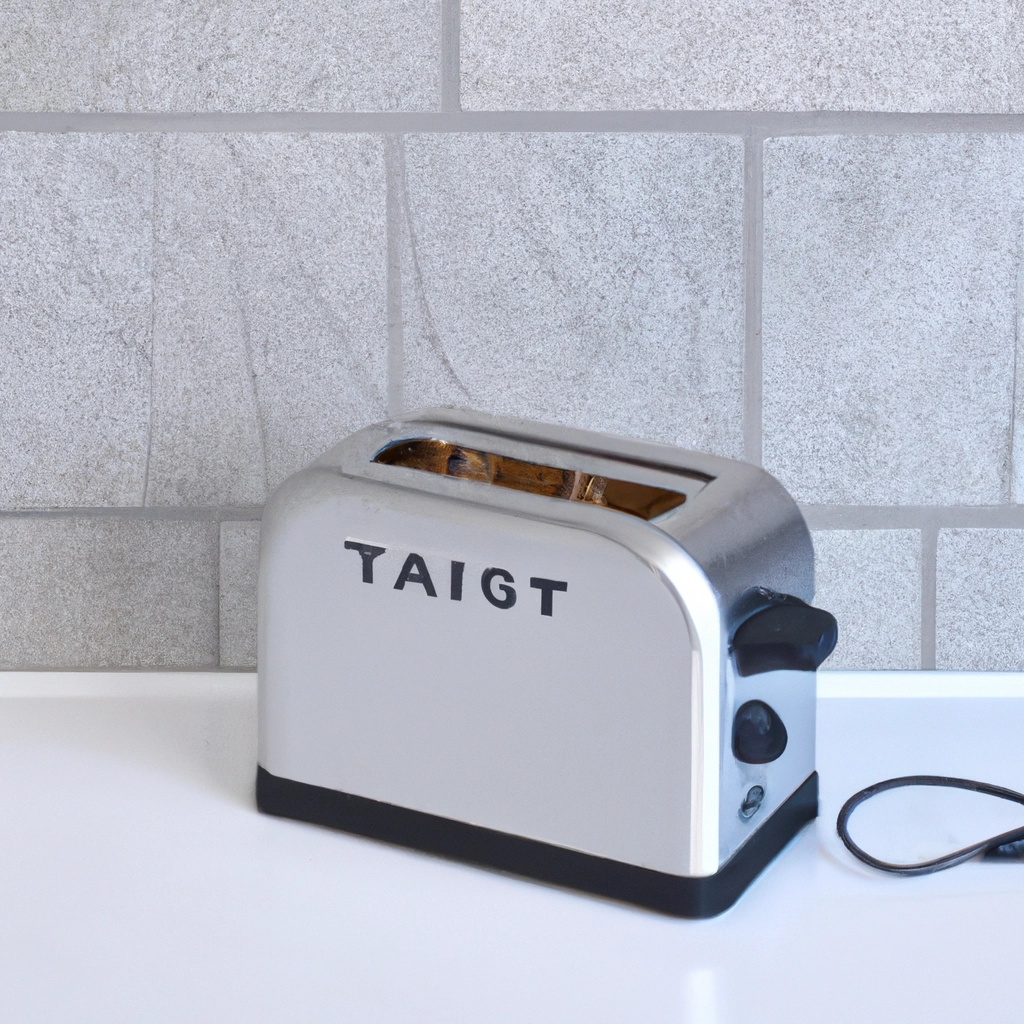| Item | Potential Impact |
|---|---|
| Toaster | Direct contact with hot surfaces may cause thermal shock and damage the quartz. |
| Heat Resistance | Quartz countertops are heat resistant, but prolonged exposure to high heat can cause discoloration or damage. |
| Protection | Use of a trivet or heat-resistant pad is recommended to protect the countertop from heat damage. |
| Cleaning | Spills and crumbs from the toaster should be regularly cleaned to prevent staining or damage to the quartz surface. |
| Manufacturer’s Recommendations | Always refer to the manufacturer’s guidelines for specific care instructions when using appliances on quartz countertops. |
When I began planning my kitchen renovation, selecting the right countertop material was high on my agenda. The enduring appeal of quartz caught my eye, but I wondered how it would handle everyday kitchen activities, especially when it came to using various appliances. There were a few queries keeping me up at night, pondering if these beautiful surfaces could withstand the rigors of my family’s kitchen use.
I remember my quandary quite distinctly: Could I safely situate my toaster—or any appliance for that matter—on this seemingly delicate quartz surface? The thought of causing damage to my shiny new countertops was daunting. That’s why diving deep into the care requirements of quartz was on top of my to-do list.
Armed with personal experiences and a touch of internet wisdom, I ventured into the land of quartz countertops, learning the do’s and don’ts to ensure my kitchen remained as functional as it was beautiful. Through this, I hope to shed some light on similar concerns you might have!
Understanding Quartz Countertops
First off, let’s talk about the allure of quartz. Beyond its sleek aesthetic, it’s celebrated for its hardiness and variety of designs. Comprised mostly of natural quartz with polymer resins, this engineered stone touts resilience and low maintenance as its prime features.
What compelled me to choose quartz was its non-porous nature—making it stain-resistant—and the absence of the need for yearly sealing. Furthermore, its scratch resistance meant less fretting over utensils or appliances causing blemishes. It wasn’t just about the looks; quartz promised functionality and durability as well.
The vendor from whom I purchased my quartz countertop provided me with a wealth of information, but I didn’t stop there. I scoured forums, read articles, spoke to experts, and learned about the meticulous process of creating these visually appealing and sturdy surfaces. It was reassuring to understand the science behind the beauty.
Concerns about Placing Appliances on Quartz
When it comes to heat, the advice was straightforward—quartz can handle it, to a degree. The resin component in quartz countertops can potentially melt if exposed to high temperatures. So naturally, the question of whether my trusty toaster would be a friend or foe to the quartz surface needed addressing.
As I stood in my soon-to-be-renovated kitchen, I envisioned my red toaster sitting on the glimmering quartz countertop. It’s the centerpiece of my morning routine, but I needed to make sure it wouldn’t be the end of my countertop. I turned to the internet and found guidelines suggesting the use of trivets or mats as a buffer.
But as someone who believes in evidence, I wasn’t satisfied with just reading about it. I needed to see for myself what would happen if I used my toaster directly on the quartz. And thus began a little experiment that would either confirm my fears or put my doubts to rest.
Personal Experimentation
So there I was, with my toaster and my beautiful quartz countertop. Instead of recklessly going full throttle, I decided to start with a bit of caution. I positioned the toaster on the counter and monitored it closely as it did its job.
Obsessively checking for any signs of damage or discoloration with every use, I was preparing myself for the worst. To my delight, my meticulous observations paid off. The countertop remained unscathed, and there wasn’t a hint of the resin melting or any disfigurement of the surface.
This little test brought peace to my mind. While I learned that it might be wise not to stress-test the quartz with prolonged exposure to high temperatures, for my everyday toaster use, placing a protective layer underneath seemed like a perfectly good routine to keep my kitchen both functional and stylish.
 Pin It
Pin It
Reflecting on my journey with quartz countertops has been enlightening. From initial doubts to personal trials, I’ve grown confident in my kitchen choices, particularly about keeping my beloved toaster atop this robust piece of engineered beauty.
Understanding the strengths and limitations is key to maintaining the pristine condition of quartz. My advice is to always check with manufacturers for specific care instructions, as they can vary. And consider integrating your real-life experiences, just as I did with my toaster experiment, to ensure your kitchen remains a paragon of both elegance and practicality.
I encourage you—fellow home renovators and kitchen enthusiasts—to draw from my escapades. Do your research, test when in doubt, and always be prepared to embrace a bit of precautionary learning. Your countertops will thank you!

